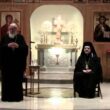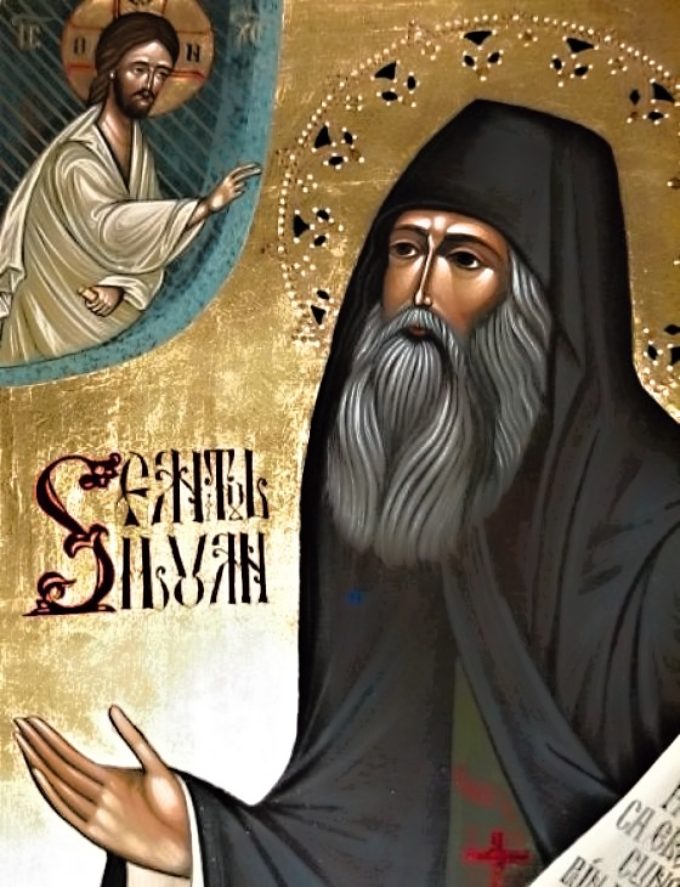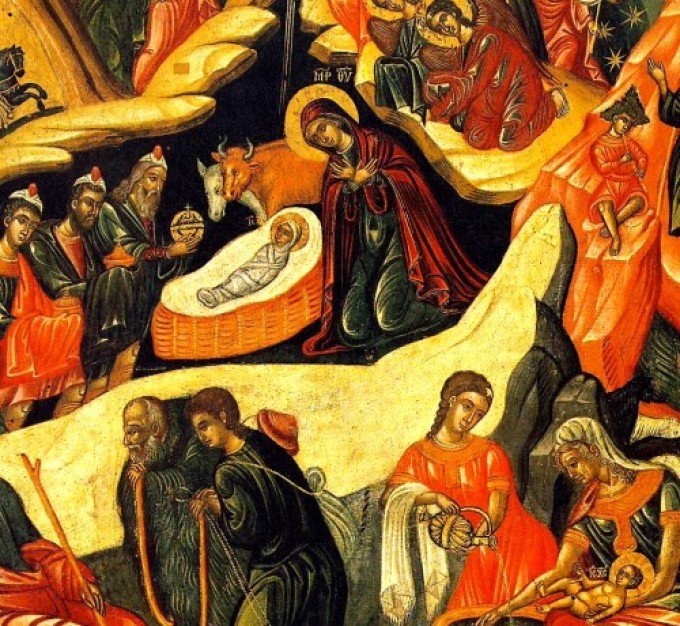Incense is a resin of the tree called Boswellia serrata or Floribunda papyrifera, which grows in Africa and India. The resin derives from the juice which flows from the trunk of the tree. The juice hardens in the sun. It is collected from the bark of the tree, it is crushed and in order to obtain an even nicer scent, this resin is mixed with other flavours. The preparation process is exposed in the Old Testament (Exit 30, 34-38)
In the cult of the Old Testament, the use of the resin was habitual, besides the sacrifices that were brought to God on the altar (Leviticus 2, 16 and Leviticus 16, 11-12). The resin began to be used in Christianity as the cult developed. We have testimonies about the use of resin in the first Christian centuries both in the ancient liturgies and the writings of saint Dionisios the Areopagite, saint Justin the Martyr and Philosopher, the pilgrim Egeria, saint Ambrosius of Milan and others.
At the Holy Liturgy the resin is used especially in those moments during the holy service when it is symbolically revealed the presence of the Savior, moments which must be highlighted by the embalming of the church. Thus after preparing the Holy Gifts at Proscomidy, the priest incenses the Holy Table. The smoke of the resin is like an embalming of the place where the Gift are to be put. During the reading of the Apostles ‘epistles and before coming out with the Holy Gifts, the priest incenses the church. The smoke and the scent of the resin create a specific atmosphere, favorable for prayer and religious meditation.
The resin by its smoke and scent highlights the beauty of the acts of worship, creates the atmosphere of holiness and thus it integrates in the act of worshipping God as a gift, as a precious offering, as a symbol of prayer and good deeds.
May my prayer be set before you like incense; may the lifting up of my hands be like the evening sacrifice.(Psalm 140, 2) it is sung during the Vespers. The resin is a symbol of the prayer of veneration addressed to God but also of invocation of the Holy Spirit: We bring resin to You, Christ, our Lord, for a pleasant spiritual scent and by receiving it on the altar that is above heavens, send us the grace of Your Most Holy Spirit, as it is recited during the Holy Liturgy.
The resin must be present not only at the Holy Liturgy, but also at any other religious service. Its scent casts out the evil spirit. Thus the incensing from the beginning of the service of baptism symbolizes the good fragrance and the holiness of the Holy Spirit which melts away and cats out all bad odors of sin.
The resin in the Orthodox cult is closely linked to the belief in the afterlife, as an expression of this belief. This thing is proved by the cult of the dead. At the funeral services, at the requiems for the dead, the resin is an essential element. The incensing of the tombs and of the offerings for the dead is an ancient ritual which the Orthodox people practice with deep piety and emotional involvement.
Priest professor dr. Ene Braniste, General liturgic, volume II, Basilica Publishing House, Bucharest, 2015, pp.350-352)









